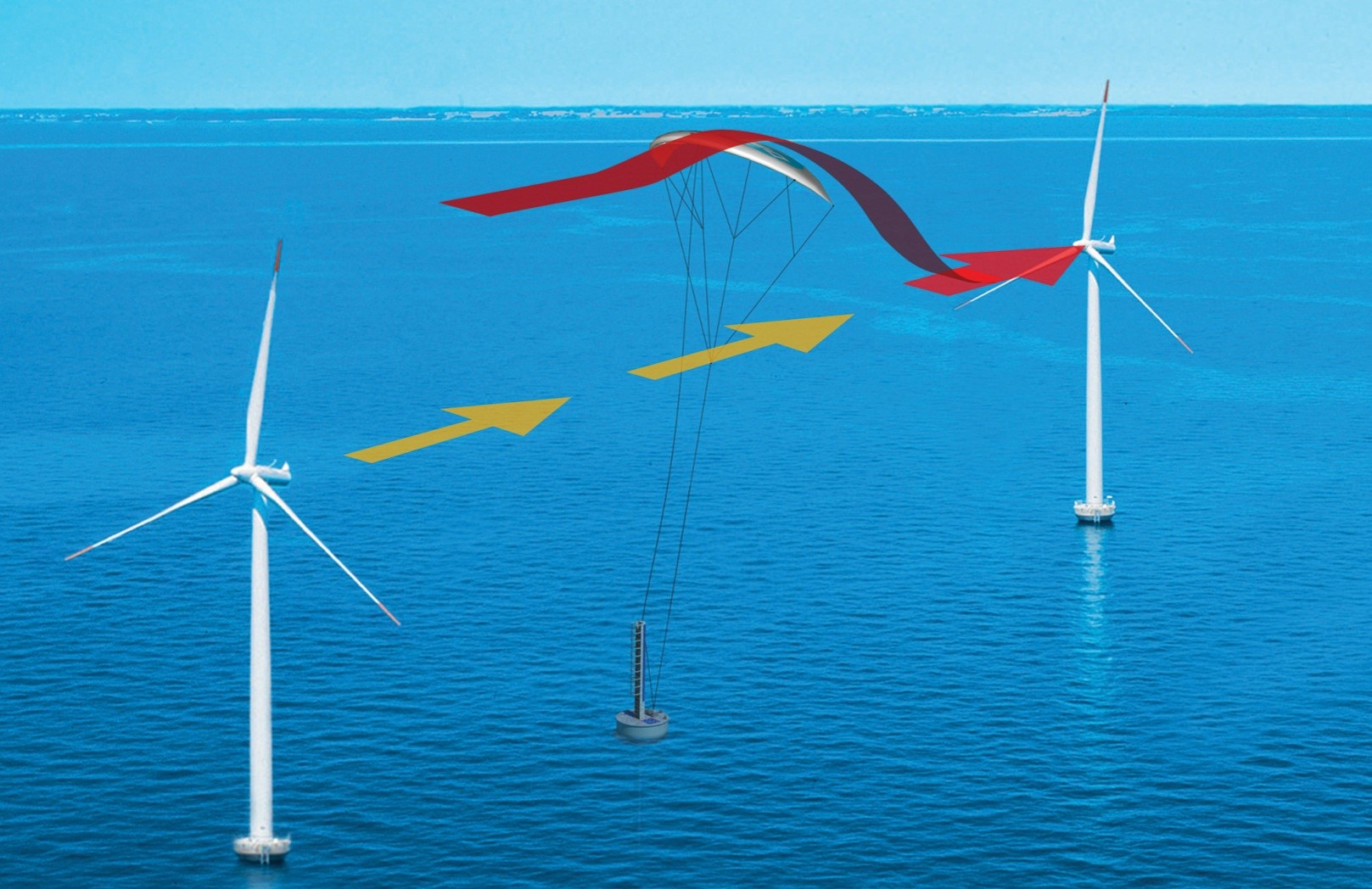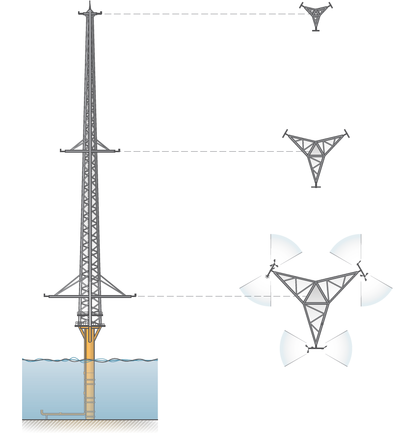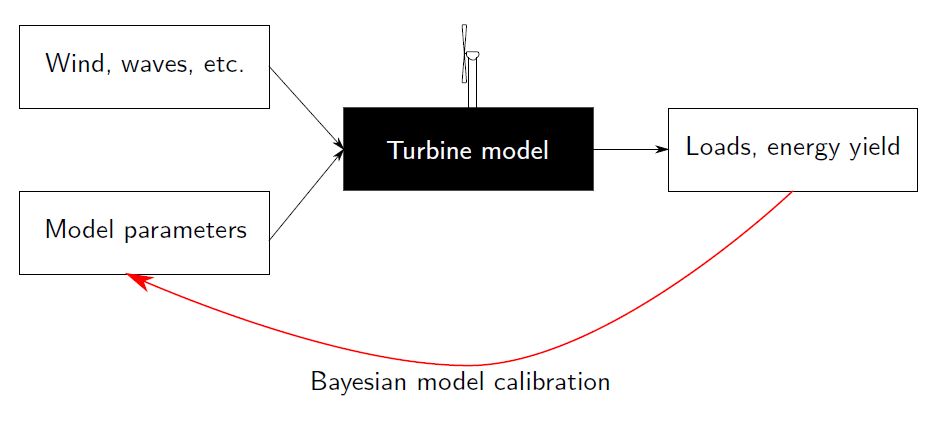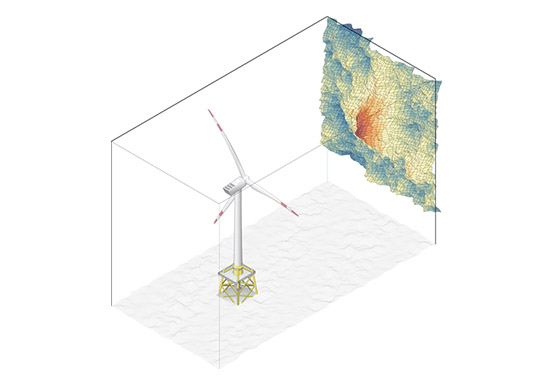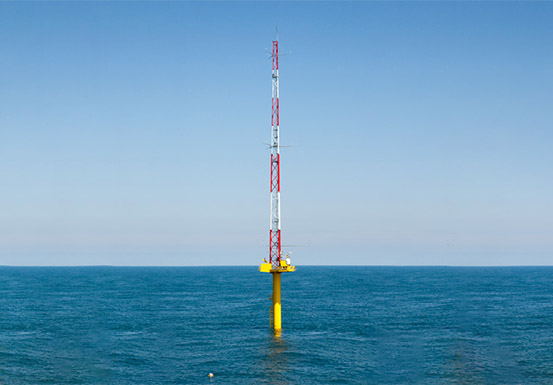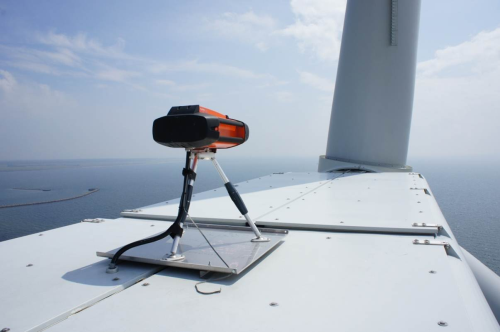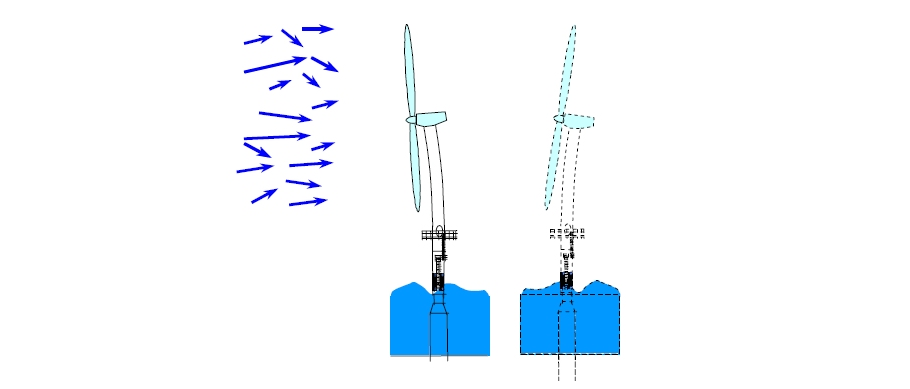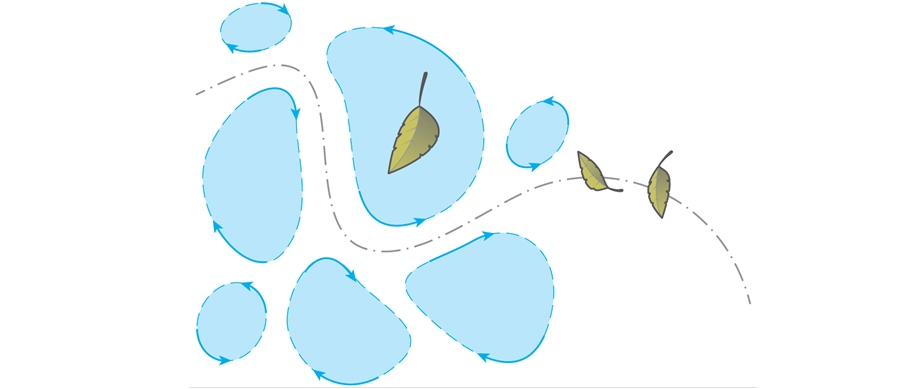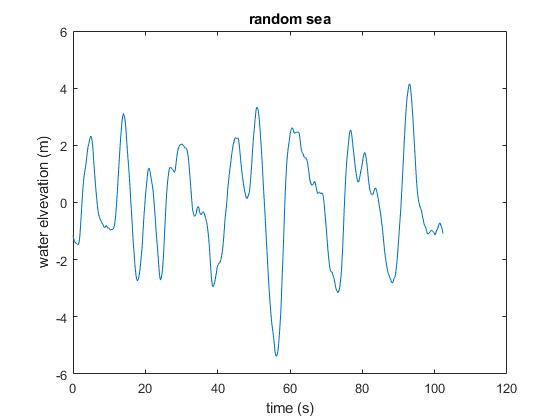Wind conditions
For designing an (offshore) wind turbine you have to consider fatigue loads as well as extreme loads. In order to calculate these loads you need to know the properties of wind shear and turbulence as well as the extreme wind conditions.
Contact

Dr.ir. W.A.A.M. (Wim) Bierbooms
Projects
Software
Further directions
Possible further directions for our research on wind conditions:
- Meteo conditions
- Several studies have shown that it is important to include atmospheric stability in the energy yield estimation as well as a fatigue analysis (see link naar tab Flow). The next step is to determine the distribution of the atmospheric stability at some specific site. It is not feasible to use for every new site a met-mast so instead for this purpose meso-scale modelling can be run for 1 to 2 years over a large area (say the entire North-Sea). Next the stability statistics can be obtained from the simulations.
- The present size of wind turbines is such that they do not operate entirely in the surface layer, so a formulation of the wind conditions for the entire boundary layer is required. For wind shear such kind of formulation is available (see link naar tab Flow). An expression for the variation of turbulence intensity for the entire boundary layer is needed as well.
- The description of wind shear and turbulence intensity perform well except for (very) stable conditions. An improved model for (very) stable conditions is required.
- Application of synthetic wind fields for CFD
- Occurrence probability of gusts
- Energizing the wake of a wind farm
Synthetic wind fields (mostly based on Shinozuka / Veers) are used to describe the stochastic inlet conditions for a CFD/LES calculation. In fact, this is fundamentally incorrect (except for DNS) since the effect of turbulence on the mean flow is already taken into account by the closure relations. An approach based on first principles should be set up to investigate under which conditions (in terms of time and spatial scale) the application of synthetic wind fields for CFD is allowed.
Extreme events like gusts can nowadays be generated by means of constrained stochastic simulation (see link naar tab Innwind). In order to arrive at a 50-year load the occurrence probability of these gusts should be available as well. A framework should be formulated in order to obtain this gust distribution.
A commonly used flow control technique to trim the aerodynamic performance of wind turbine blades is the use of vortex generators. Vortex generators re-energize the flow by mixing the high energy layers in the outer part of the boundary-layer of the aerofoil with the low energy regions near the surface. Something similar could be done for the wake of an entire wind turbine, e.g. by application of a kite. LES simulations performed as part of a master thesis project showed promising results. 